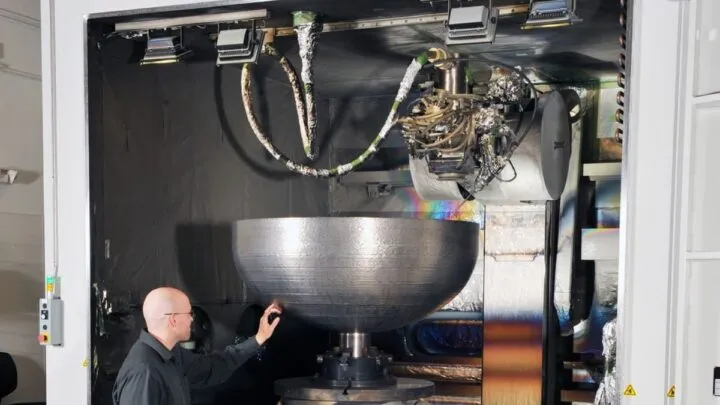In a groundbreaking collaboration between researchers from the Shenyang National Materials Science Laboratory in China and the University of California, Berkeley, a new era in materials science has been ushered in. The joint effort has led to the creation of an unparalleled titanium alloy, hailed as the strongest ever manufactured.
The culmination of this endeavor is a remarkable anti-fatigue titanium alloy, achieved through advanced 3D printing techniques. This remarkable achievement has been detailed in a recent publication in the esteemed journal Nature, signifying a significant leap forward in materials science.
This innovative titanium alloy, developed by a team comprising experts from the Chinese Academy of Sciences (CAS) and the University of California, Berkeley, boasts a doubling of resistance to fatigue. CAS has lauded this breakthrough as a major advancement in the field.
This collaboration underscores the importance of international cooperation in pushing the boundaries of scientific innovation. Notably, the new titanium alloy sets a global benchmark for strength in 3D-printed titanium, as reported by the South China Morning Post (SCMP).
Aerospace industries stand to benefit greatly from this pioneering development. Titanium’s indispensable properties, including low density and exceptional temperature resistance, make it a cornerstone in the production of aircraft, spacecraft, and missiles. The newfound ability of this titanium alloy to endure extreme conditions positions it ideally for aerospace applications.
Conventional 3D printing of metal materials often encounters challenges such as gas pore formation within objects due to intense laser heat. However, the team’s innovative approach, known as Net-AM processing, circumvents this issue. By utilizing hot isostatic pressing to eliminate gas pores and employing rapid cooling to preserve the alloy’s internal structure, they achieved a poreless alloy boasting an astounding 106% improvement in tensile fatigue strength. This breakthrough culminated in a world-record strength of 978 MPa.
Looking ahead, while the titanium alloy has been produced on a small scale, the Net-AM 3D printing process holds immense promise for future aerospace applications. The utilization of 3D printing technology in aircraft part production underscores the potential impact of this advancement on the manufacturing of advanced aerospace components.
By harnessing the power of international collaboration and cutting-edge technology, the China-US research team has paved the way for a new frontier in materials science, offering unprecedented strength and durability in titanium alloys.

